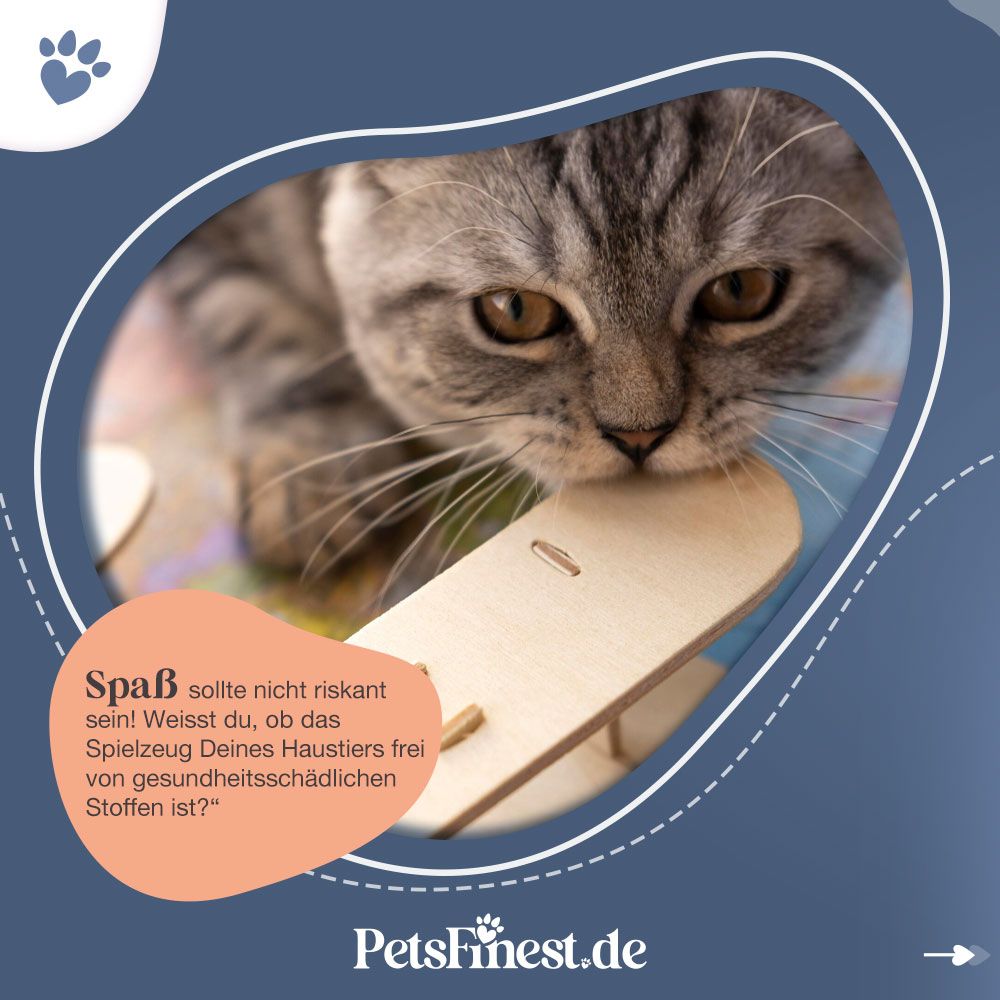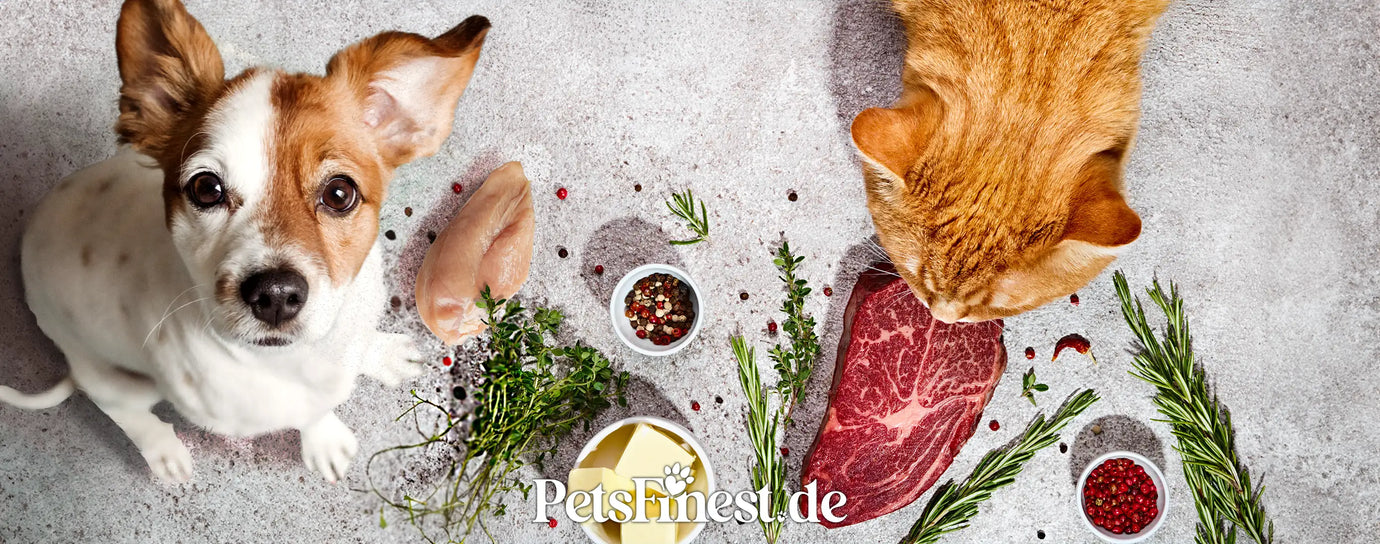Colds in dogs - all just a little cold?

Autumn is characterized by colorful leaves, falling temperatures, lots of precipitation... and runny noses. A cold is an annoying illness that catches many in the cold season. But did you know that it can also affect our dogs? But how do you recognize the symptoms of your fur nose? And how to diagnose, treat, and prevent a cold in dogs? We explain that and more to you in this blog.
What is a cold in dogs and what are its causes?
Like us humans, a cold is an infection of the larynx and upper respiratory tract, i.e. the nasal cavities. This is usually triggered by respiratory pathogens such as viruses and bacteria, and in rare cases even by fungi. They are taken in through the air and can multiply in the mucous membrane cells of the respiratory tract. The typical symptoms are triggered by the subsequent immune reaction. The most common are adeno- and parainfluenza viruses, as well as bordetella, which can occur not only individually but also together.
What symptoms can my dog have with a cold?
Similar to humans, a runny nose is the unmistakable symptom of a cold. This often occurs together with sneezing, which is often not recognized as such in dogs because sneezing often sounds more like a rattle. In addition, it comes to watery or inflamed eyes. In most cases, many owners only notice that something is wrong when their pets are tired and have no appetite. Only then does it go to the vet, who will determine an elevated temperature (from 38.5 °C) or fever. In addition, dogs with a cold also have a cough that can sometimes lead to vomiting.
More serious symptoms, such as purulent nasal discharge, occur less frequently. Together with an increased respiratory rate up to severe shortness of breath, this indicates a worsening of the cold in the form of pneumonia.
How is a cold diagnosed and treated?
What investigations are carried out?
During a general examination, the vet will already identify the first symptoms, for example by measuring the temperature. A palpation of the throat shows whether the larynx is irritated and the lymph nodes are swollen. By listening with a stethoscope, the veterinarian can also assess whether a bad cold or even pneumonia is present. Additional tests may include blood tests or chest x-rays to check the lungs and levels of infection. It is also advisable to take a smear or even an antibiogram, with which the pathogens are determined by a laboratory in the same way as antibiotics that are effective against them.
What are the treatment options?
Therapy depends heavily on the severity of the cold. If the symptoms are mild, it is often sufficient to treat them with herbal medicines. Anti-inflammatory and antibacterial plant extracts such as sage and peppermint or honey have proven to be useful. In addition, expectorants and expectorants as well as mild anti-inflammatory drugs are very helpful in getting rid of mild symptoms. However, if your furry friend has a fever, severe pain or even severe inflammation, the use of painkillers and antibiotics is advisable.
In addition, you can support your darling with further measures in all cases. Similar to us humans, inhaling steam helps to relieve a stuffy nose. If you have a dog crate at home, fill a bowl with hot water, preferably with a little chamomile or sage, put a blanket over it and let your dog inhale the vapors for a few minutes.
In order for your fur nose to be healthy and happy again quickly, it needs a lot of time and care to heal. Give him tasty food and lots of cuddles. If necessary, wipe away nasal and eye discharge with a soft cloth and some warm water. At first, only take short walks with him and then gradually more when your four-legged friend is feeling better again.
How can dogs be prevented from catching a cold?
There are a number of things you can do for your loved one to avoid catching a cold.
There are effective vaccinations against some pathogens that can cause a cold, e.g. B. kennel cough or parainfluenza vaccination.
You can also support your dog with food supplements during the cold season. Our recommendation: Carnivital from Carnimed, which is packed with vitamins and important nutrients to strengthen your four-legged friend's immune system.
So that your four-legged friend is protected from the wind and cold outside, it is best to equip him with a winter coat from TiBu, a cozy dog coat from Pirate Dog or even a thick ski suit from Wolters.
You should also make sure that your darling is clean and dry again quickly after a walk in the rain, snow and mud. We recommend the super soft Lill's dog towel and the extremely absorbent Speed-Dry towel. If your dog is not yet dry enough, the mini dry coat from fit4dogsl or the dog bath coat from Lill's will quickly remedy the situation.
Fit and cold-free through the fall
Now you know how to recognize and treat a cold in dogs. But as with all diseases, prevention is better than aftercare.
With a strengthened immune system, warm clothing and the right tools for drying, you and your darling can start the cold season carefree.
Other sources:
https://www.petspremium.de/inspiration/erkaeltung-beim-hund/
https://www.zooplus.de/magazin/hund/hundegesundheit-pflege/erkaeltung
https://www.aniforte.de/blogs/hunde/erkaeltung-hund






